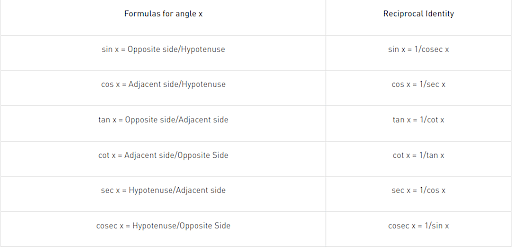A wheel rotates making $20$ revolutions per second. If the radius of the wheel is $35\, cm$, what linear distance does a point of its rim traverse in three minutes? (take $\pi = 22/7$)
- $7.92\, km$
- $7.70\, km$
- $7.80\, km$
- $7.85\, km$
The Correct Option is A
Approach Solution - 1
Approach Solution -2
Given:
Radius of the wheel \(= 35 \, \text{cm}\)
Circumference of the wheel \(= 2\pi \times 35 \, \text{cm} = 220 \, \text{cm}\)
Revolutions per second = 20
Time = 3minutes
Convert time to seconds:
\(\text{Time in seconds} = 3 \times 60 = 180 \text{ seconds}\)
Calculate the number of revolutions in 3 minutes:
\(\text{Total revolutions} = 20 \times 180 = 3600\)
Calculate the total distance traveled by a point on the rim:
\(\text{Total distance} = \text{Total revolutions} \times \text{Circumference} = 3600 \times 220 \, \text{cm}\)
Convert centimeters to kilometers:
\(\text{Total distance in kilometers} = \frac{3600 \times 220}{100000} = 7.92 \, \text{km}\)
So, the correct option is (A): 7.92km
Top Questions on Trigonometric Functions
- Solve for \( x \), \[ 2 \tan^{-1} x + \sin^{-1} \left( \frac{2x}{1 + x^2} \right) = 4\sqrt{3} \]
- CBSE CLASS XII - 2025
- Mathematics
- Trigonometric Functions
- Evaluate: $ \tan^{-1} \left[ 2 \sin \left( 2 \cos^{-1} \frac{\sqrt{3}}{2} \right) \right]$
- CBSE CLASS XII - 2025
- Mathematics
- Trigonometric Functions
- The graph of a trigonometric function is as shown. Which of the following will represent the graph of its inverse?

- CBSE CLASS XII - 2025
- Mathematics
- Trigonometric Functions
- The integral \[ \int_0^\pi \frac{8x}{4\cos^2 x + \sin^2 x} \, dx \text{ is equal to:} \]
- JEE Main - 2025
- Mathematics
- Trigonometric Functions
- The value of \( \cos \left( \sin^{-1} \left(-\frac{3}{5}\right) + \sin^{-1} \left(\frac{5}{13}\right) + \sin^{-1} \left(-\frac{33}{65}\right) \right) \) is:
- JEE Main - 2025
- Mathematics
- Trigonometric Functions
Concepts Used:
Trigonometric Functions
The relationship between the sides and angles of a right-angle triangle is described by trigonometry functions, sometimes known as circular functions. These trigonometric functions derive the relationship between the angles and sides of a triangle. In trigonometry, there are three primary functions of sine (sin), cosine (cos), tangent (tan). The other three main functions can be derived from the primary functions as cotangent (cot), secant (sec), and cosecant (cosec).
Six Basic Trigonometric Functions:
- Sine Function: The ratio between the length of the opposite side of the triangle to the length of the hypotenuse of the triangle.
sin x = a/h
- Cosine Function: The ratio between the length of the adjacent side of the triangle to the length of the hypotenuse of the triangle.
cos x = b/h
- Tangent Function: The ratio between the length of the opposite side of the triangle to the adjacent side length.
tan x = a/b
Tan x can also be represented as sin x/cos x
- Secant Function: The reciprocal of the cosine function.
sec x = 1/cosx = h/b
- Cosecant Function: The reciprocal of the sine function.
cosec x = 1/sinx = h/a
- Cotangent Function: The reciprocal of the tangent function.
cot x = 1/tan x = b/a
Formulas of Trigonometric Functions:
